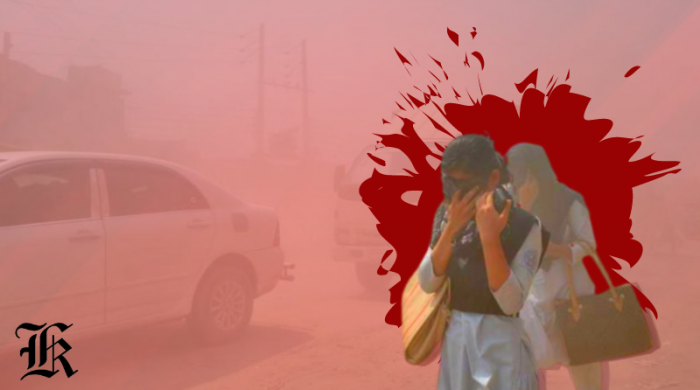
Dhaka’s air quality continued to be in the ‘hazardous’ zone this morning, posturing serious health dangers to citizens of the densely populated capital of Bangladesh.
With an air quality index (AQI) score of 372 at 8:50 am today, Dhaka ranked first in the list of cities with the poorest air quality.
Yesterday, the city’s AQI score was 319, which is apparently also in the ‘hazardous’ zone.
An AQI between 151 and 200 is said to be ‘unhealthy’. Between 201 and 300 is considered ‘very unhealthy’. And finally, 301 to 400 is considered ‘hazardous’.
Uzbekistan’s Tashkent and Mongolia’s Ulaanbaatar engaged the second and third spots in the list, with AQI scores of 288 and 219 respectively.
In Bangladesh, the AQI is based on five criteria pollutants, Particulate Matter (PM10 and PM2.5), NO2, CO, SO2 and Ozone.
Dhaka has long been dealing with air pollution concerns. Its air quality usually turns unhealthy in winter and improves throughout the monsoon.
Air pollution consistently ranks among the top risk factors for death and disability globally. Breathing polluted air has long been recognised as increasing a person’s chances of developing heart disease, chronic respiratory diseases, lung infections and cancer, according to numerous studies.